Astronomy
-
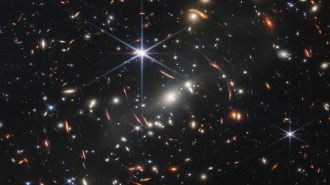 Astronomy
AstronomyHere are the James Webb Space Telescope’s stunning first pictures
President Biden revealed the NASA telescope's image of ancient galaxies whose light has been traveling 13 billion years to reach us.
-
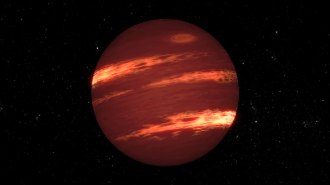 Astronomy
AstronomySand clouds are common in atmospheres of brown dwarfs
Dozens of newly examined brown dwarfs have clouds of silicates, confirming an old theory and revealing how these failed stars live.
-
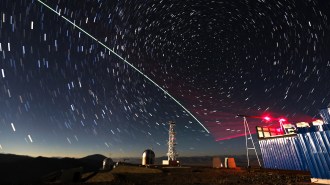 Quantum Physics
Quantum PhysicsAliens could send quantum messages to Earth, calculations suggest
Scientists are developing quantum communications networks on Earth. Aliens, if they exist, could be going further.
-
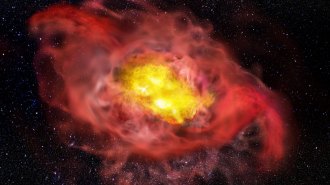 Astronomy
AstronomyAn otherwise quiet galaxy in the early universe is spewing star stuff
Seen as it was 700 million years after the Big Bang, the galaxy churns out a relatively paltry number of stars. And yet it’s heaving gas into space.
By Liz Kruesi -
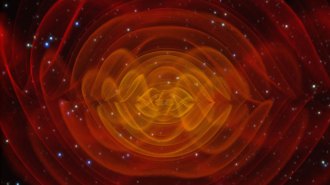 Astronomy
AstronomyGravitational wave ‘radar’ could help map the invisible universe
Gravity ripples scattering off warped spacetime near massive objects might help astronomers peer inside stars and find globs of dark matter.
By Asa Stahl -
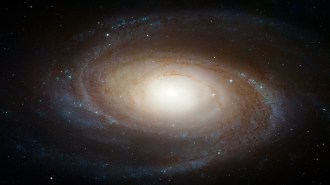 Astronomy
AstronomySeven newfound dwarf galaxies sit on just one side of a larger galaxy
Seven newly found dwarf galaxy candidates are stick to just one side of the large galaxy M81. Astronomers don’t know why.
By Liz Kruesi -
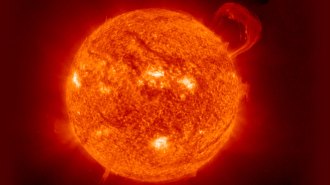 Astronomy
AstronomyNeutrinos hint the sun has more carbon and nitrogen than previously thought
Scientists still don’t know the sun’s exact chemical composition, which is crucial for understanding the entire universe. Neutrinos will help.
By Ken Croswell -
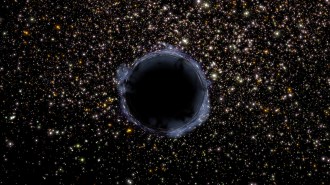 Astronomy
AstronomyA celestial loner might be the first known rogue black hole
The object could be the first isolated stellar-mass black hole identified in the Milky Way — or it might be an unusually heavy neutron star.
-
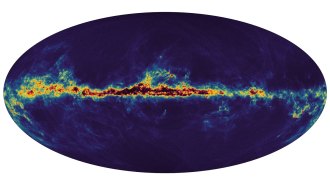 Astronomy
AstronomyNew Gaia data paint the most detailed picture yet of the Milky Way
Gaia’s new data can tell us about galaxies the Milky Way has swallowed, the young solar system and asteroids that could hit Earth.
By Asa Stahl -
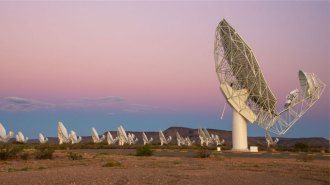 Astronomy
AstronomyA newfound, oddly slow pulsar shouldn’t emit radio waves — yet it does
The highly magnetic neutron star rotates three times slower than the previous record holder, challenging the theorical understanding of these objects.
By Liz Kruesi -
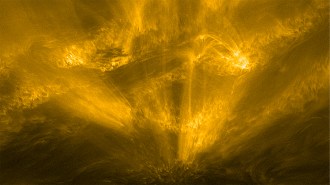 Astronomy
AstronomyThe Solar Orbiter spacecraft spotted a ‘hedgehog’ on the sun
In its closest flyby yet of the sun, the Solar Orbiter came within 48 million kilometers of our star, revealing new details.
By Liz Kruesi -
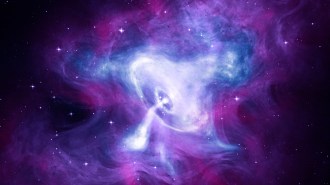 Astronomy
AstronomyPulsars may power cosmic rays with the highest-known energies in the universe
Earth is pelted by energetic particles from space. The source might be the magnetic remains of massive stars, a new study suggests.
By Liz Kruesi